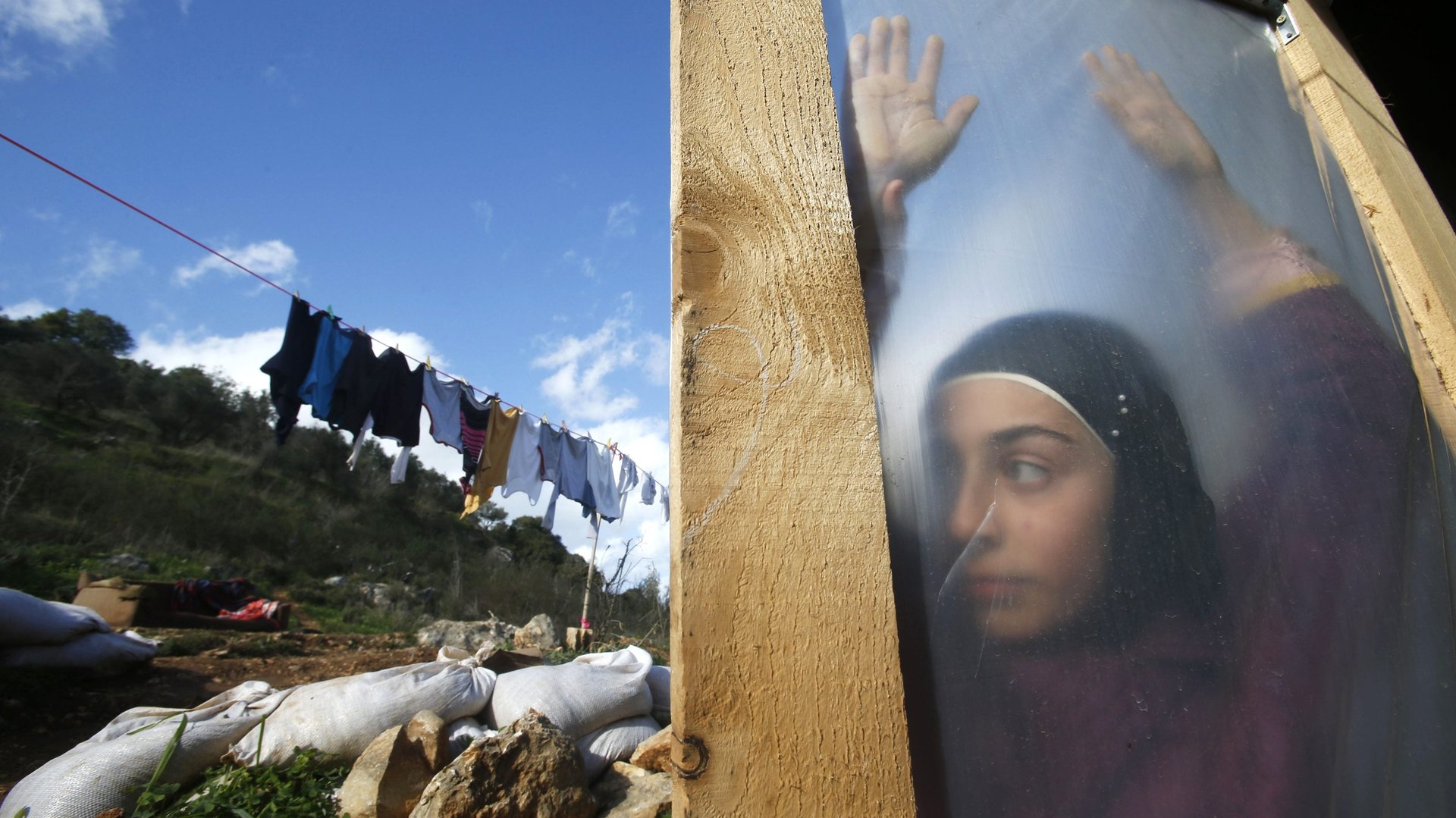A year after Aylan Kurdi’s death, many countries are still failing in their promises to help refugees
The Syrian civil war has raged on with no clear end in sight. The conflict, now in its sixth year, has resulted in a record displacement of millions of Syrians.


The Syrian civil war has raged on with no clear end in sight. The conflict, now in its sixth year, has resulted in a record displacement of millions of Syrians.
By sheer geographic luck, some of the world’s biggest economies have been able to ignore the increasing inflow of refugees from the Middle East, Asia, and Africa. The brunt of the crisis has fallen largely on Syria’s neighbors, who between them are hosting over two million Syrian refugees, and those positioned at Europe’s external borders.
The UN’s refugee agency had called on global leaders to step up and take on their fair share of Syrian refugees. But of the 480,000 Syrian refugees in desperate need of resettlement, countries across the world have pledged to take in 179,000 since 2013.
The tragic death of Aylan Kurdi last year was an important focal point of the refugee crisis, forcing many to call for change and some governments’ to soften their response to refugees. But a year since the photo of the drowned Syrian child went viral, only a handful of countries have met their resettlement quota, while other promises to take in Syrian refugees have yet to materialize.
The overachievers
German chancellor Angela Merkel’s decisive response to Europe’s refugee crisis won her Time magazine’s person of the year. After suspending the Dublin Protocol in relation to Syrian refugees, Germany welcomed over a million refugees (of which 500,000 were Syrians). Though Merkel’s open-door policy has hit her approval rating, she remains defiant over her refugee policy.
The Canadian government initially pledged to resettle 25,000 Syrian refugees between November 2015 and February 2016. The government had not only met this promise (Canada had resettled 30,275 Syrian refugees as of August 2016), but also announced they would be doubling its intake of Syrian refugees to 50,000 this year.
Sweden received more refugees per capita than any other European country last year. Of the 163,000 individuals that applied for asylum, 51,000 were Syrians. While Sweden has historically been viewed as welcoming of refugees, the record number of individuals applying for asylum in Sweden has resulted in a backlash.
The slackers
The US met its target of resettling 10,000 Syrian refugees by the end of the fiscal year. While the government celebrated meeting this goal, critics suggest this target wasn’t ambitious enough. A recent report by Oxfam calculated what the fair share (pdf) of resettling Syrian refugees for rich countries ought to be and found the US had the capacity to absorb about 170,000 Syrian refugees this calendar year.
Though somewhat inadequate, at least the US met its goal. The UK committed to resettling 20,000 Syrian refugees over the next five years. The government had also agreed to resettle 3,000 vulnerable child refugees based in the Middle East and an unspecified number of lone child refugees in Europe.
A year since making their first pledge, the UK is in danger of missing both its targets. The government has taken in 2,800 refugees so far (well short of the 4,000-a-year required to meet the target). While the UK as a whole is falling behind on meeting its target, Scotland alone has welcomed 1,000 refugees since last year.
And it’s not just the UK failing to meet its target; Australia has taken in a sixth of its promised Syrian refugee intake. Just 2,000 Syrian refugees fleeing have been resettled in almost a year.